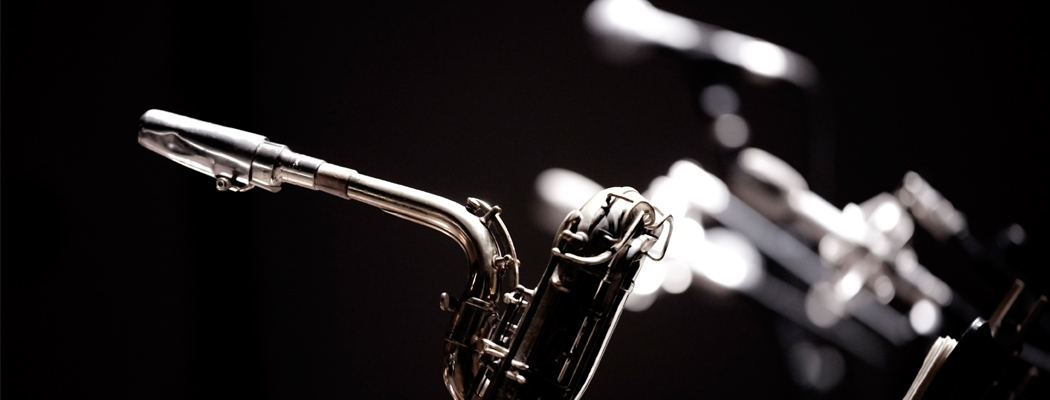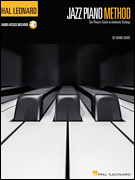Introducing Students To Jazz And Preparing Them For The Journey Ahead
Witnessing a highly skilled jazz pianist improvise can be an amazing experience, but it can cause the uninitiated to conclude that this ability must be a ‘gift’ that you either have or you don’t—some kind of inborn talent that appeared without effort. This belief often leads people to question whether jazz can be taught. The reality is that any pianist can learn to improvise and play jazz, and those who do it well have spent considerable time honing their craft.
For many, the process by which jazz is created is mysterious, and I find that people are often looking for one simple explanation as to how a jazz musician can play for hours on end without the need for written music. I can recall a number of occasions when someone approached me after a gig and asked, “Do you have all of that memorised or are you playing by ear?
The answer to that question is complex because memorisation and using one’s ears both come into play, along with a wide range of other skills and concepts that must be internalised. Learning proper technique and becoming a proficient reader are, of course, part of the fundamental training needed for any style a pianist might pursue, but these skills alone will not provide the budding jazz pianist with everything they need. There are several key things (pun intended) that a piano teacher can do to introduce students of any age to jazz and prepare them for the journey ahead.
Listening
There is absolutely nothing more important to learning to play jazz than listening to it! It’s never been easier for students to find incredible examples; the greatest recordings of all time are but a few computer clicks away. Oscar Peterson, Bill Evans, and Horace Silver are a few of the amazing jazz pianists that I suggest students listen to. All three play in ways that appeal to people even if they haven’t listened to much jazz before. Listen to recordings with your students and have them make observations about what they hear and encourage them to listen on their own. They should listen to a recording many times until they are so familiar with it that they can hum or sing along. The goal is to instill a passion for the music and I find that this can come from repeated focused listening.
Ear Training
Learning to recognise intervals and play back what we hear is a necessary skill for a jazz musician. One simple way for a student to work on this is to select a familiar melody—“Row, Row, Row Your Boat” for example. Have the student play a note on the piano and then sing the song starting on that pitch. Next, have the student try to play the song by ear by matching the pitches they sang. After the student has played it successfully, have them pick a different starting note and try playing the song again.
Scales and Chords
In addition to using their ears, jazz musicians rely on a thorough knowledge of scales and chords and a solid understanding of how music is put together. Being able to play the major scale in all twelve keys with proper fingering is essential. It’s never too soon for a student to try improvising with a major scale and experiment to see what kinds of melodies are possible. The blues scale is another scale that is ideal for beginning improvisation. Students need to learn to play triads, however, in order to play jazz, they must learn seventh chords. As a foundation, a student should learn to play major seventh, dominant seventh, and minor seventh chords with the left hand in all keys. Later they can learn other chord qualities and techniques for voicing chords.
Repertoire
Students can learn tunes from a jazz fake book. Simply playing the melodies with the right hand is a great start. Once the student is ready, they can add the chords with the left hand. Root position chords are fine as a starting point; more complex voicings can come later.
Rhythm
Playing jazz requires the ability to maintain a solid, consistent tempo. Have students practice their jazz repertoire with a metronome set to ‘click’ just on beats 2 and 4 or have them make use of recorded accompaniment or computer apps that simulate bass and drums.
Playing with Others
Joining a jazz group, going to a jam session, or simply getting together with a few friends to play music can be motivating and rewarding. Encourage your students to connect with others who have common musical interests and they may find the inspiration to fuel a love for music that can be a lifelong pursuit.
Books by Mark Davis
The Hal Leonard Jazz Piano Method is a comprehensive and easy-to-use guide designed for anyone interested in playing jazz piano – from the complete novice just learning the basics to the more advanced player who wishes to enhance their keyboard vocabulary. There are lots of fun progressions and licks for you to play and absorb. The accompanying audio includes demonstrations of all the examples in the book! Topics include essential theory, chords and voicings, improvisation ideas, structure and forms, scales and modes, rhythm basics, interpreting a lead sheet, playing solos, and much more!
More information here

